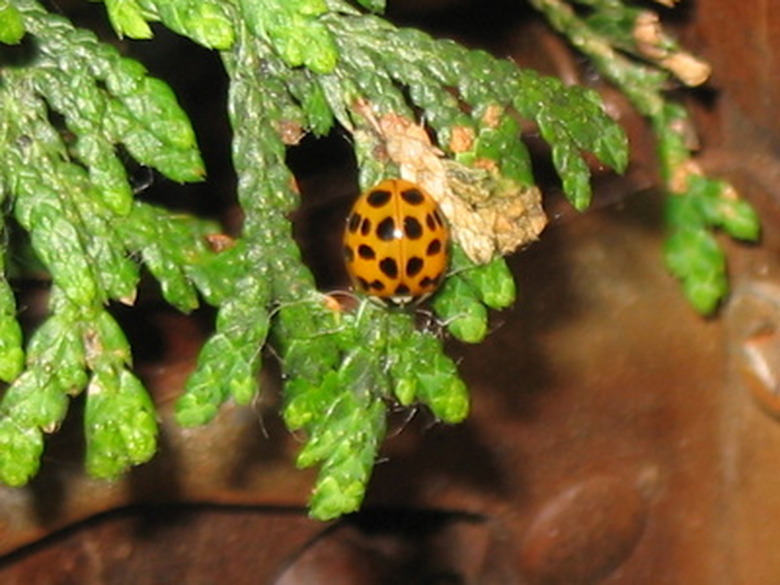Cedar Tree Identification
The trees known as cedars in North America can precipitate confusion, because some are in the genera Calocedrus, others in the Thuja genera and still others classified under Chameacyparis. Regardless of their category, cedars are popular as ornamentals, with the aromatic wood used in a number of products. Recognizing the features of a cedar tree helps greatly in the identification of individual species.
Cedar Size
Residents of the eastern states may be surprised to know that some of the cedars in western parts of North America can grow to great heights, because the eastern species such as northern white cedar and Atlantic white cedar are both well under 100 feet tall. However, western types such as the incense cedar and Port-Orford cedar can be 150 and 180 feet high respectively. The western cedar can have a trunk diameter of 8 feet, developing into a 200-foot high specimen under perfect growing scenarios.
Cedar Scales
Most cedars have flattened branchlets, according to "Trees of North America." Studying the arrangements of these scales on the branchlets can help identify the cedar. The scales on incense cedar seemingly overlap in whorls consisting of four scales. Other cedars have overlapping alternate pairs of scales, with the scales joined tightly together as in the Port-Orford cedar species. Conversely, Alaska cedar's scales are much looser on the branchlets. Very small scales are a characteristic of Atlantic white cedar.
- The trees known as cedars in North America can precipitate confusion, because some are in the genera Calocedrus, others in the Thuja genera and still others classified under Chameacyparis.
- Other cedars have overlapping alternate pairs of scales, with the scales joined tightly together as in the Port-Orford cedar species.
Color and Aroma
Not all cedars are a simple shade of green. The evergreen foliage of the cedars varies in color between species. Incense cedar and western cedar are a dark green shade, while northern white cedar is a tint of greenish-yellow. The foliage on the Atlantic white cedar takes on a bluish-green hue. The cedar foliage is aromatic, with that familiar "cedar" smell.
Cedar Cones
Cedars bear cones that contain their seeds, but they do not resemble the cones of the pines, firs or spruces. Cedar cones are much smaller, even on the large species. The cones of western cedar, for example, are no longer than a half inch. The female cedars possess cones, while the males do not. The cones of cedar species such as northern white cedar are woody and composed of small scales, and they split apart when mature. Wedge-shaped scales in the form of a ball are the features of the cones of Atlantic white cedar, Alaska cedar and Port-Orford cedar.
- Not all cedars are a simple shade of green.
- The cones of cedar species such as northern white cedar are woody and composed of small scales, and they split apart when mature.
Cedar Bark
The bark of cedars differs from one type to the next and is a useful tool in identifying the tree. The bark of Alaska cedar, for instance, is thin and grayish-brown, shredding into long strips. The bark of the western cedar has a red-brown appearance, and it shreds. The furrowed bark of incense cedar is dark brown and fibrous.
References
- "Trees of North America"; C. Frank Brockman; 1996
- "National Audubon Society Field Guide to Trees"; Elbert L. Little; 2008
